Focusing on Native American literature can help you meet social studies standards during reading. PLUS, we believe these books are engaging for students.
 We have chosen five different Native American books to focus on when creating this collection of resources for Native American literature.
We have chosen five different Native American books to focus on when creating this collection of resources for Native American literature.
While we have focused on providing resources for each book, we have also included some blank, themed graphic organizers and lined pages within the file. 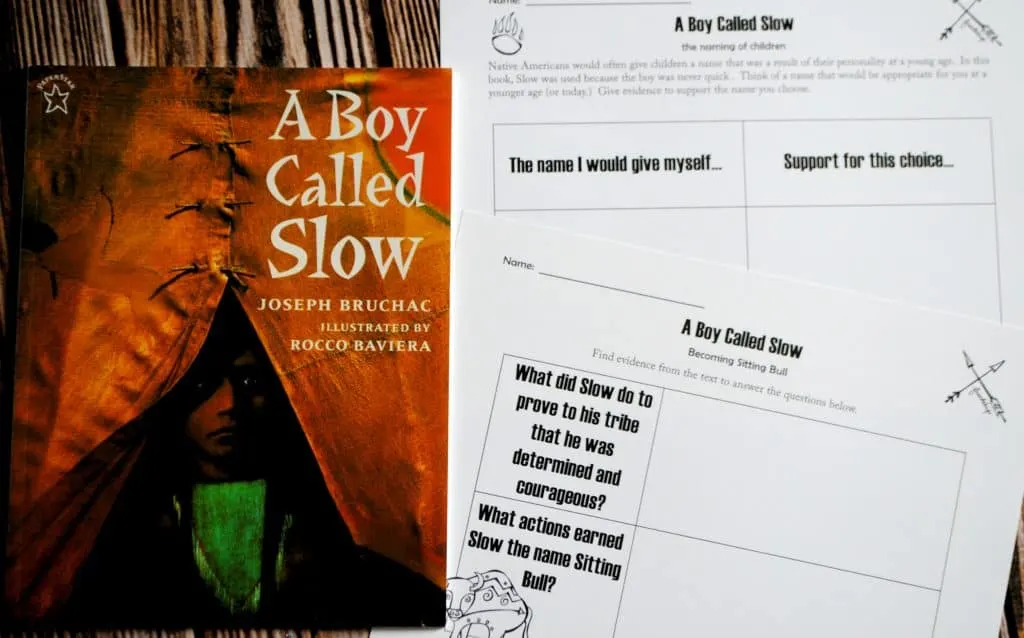 A Boy Called Slow by Joseph Bruchac This is the story of how Sitting Bull earned his name. It tells of early naming of children in Native American tribes. Books by Joseph Bruchac should be included in your Native American Study.
A Boy Called Slow by Joseph Bruchac This is the story of how Sitting Bull earned his name. It tells of early naming of children in Native American tribes. Books by Joseph Bruchac should be included in your Native American Study.
- The Naming of Children: This graphic organizer asked students to think of a Native American name for themselves and support the name with evidence.
- Becoming Sitting Bull: Students answer questions from the text using evidence.
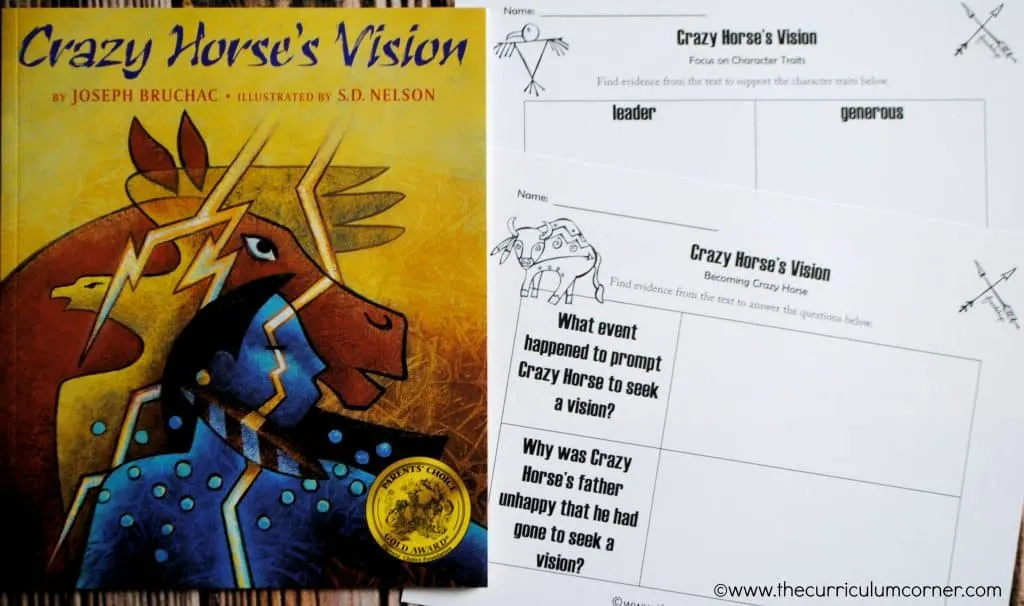 Crazy Horse’s Vision by Joseph Bruchac This tells the story of how a boy named Curly earned the name of Crazy Horse at a young age. The Author’s Note in the back of the book would be a great close read for students.
Crazy Horse’s Vision by Joseph Bruchac This tells the story of how a boy named Curly earned the name of Crazy Horse at a young age. The Author’s Note in the back of the book would be a great close read for students.
- Focus on Character Traits: Students provide support from the text for the character traits given to describe Crazy Horse.
- Becoming Crazy Horse: Students answer questions from the text using evidence.
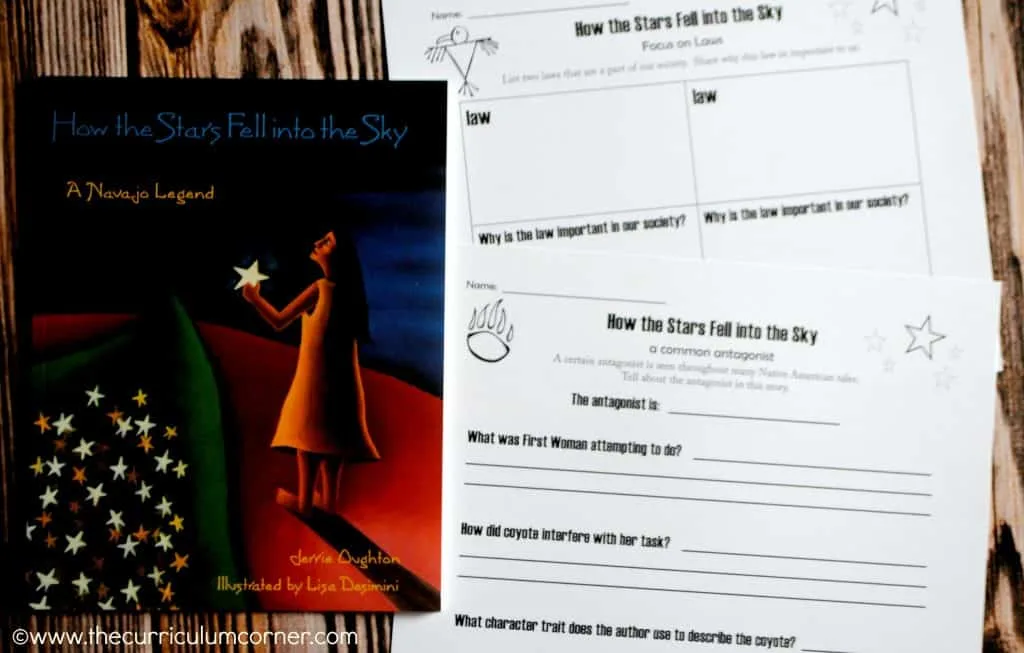 How the Stars Fell into the Sky by Jerrie Oughton This is a Native American tale of how laws were made and involves the trickster coyote who is seen in stories throughout the Native American culture. We have found a large collection of tales with tricksters at this site (not all are Native American tales): Trickster Tales. Having students write their own tale with the coyote as an antagonist would be a good writing extension.
How the Stars Fell into the Sky by Jerrie Oughton This is a Native American tale of how laws were made and involves the trickster coyote who is seen in stories throughout the Native American culture. We have found a large collection of tales with tricksters at this site (not all are Native American tales): Trickster Tales. Having students write their own tale with the coyote as an antagonist would be a good writing extension.
Focus on Laws: Students share two laws that are important to our society and tell the importance.- A Common Antagonist: Students tell about coyote and the important events in the story
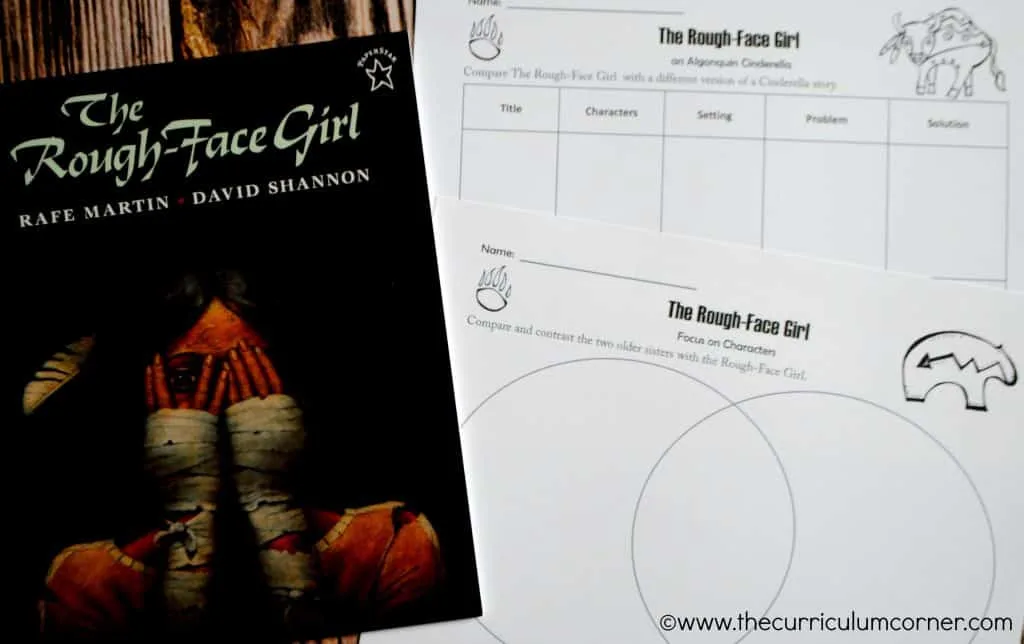 The Rough-Face Girl by Rafe Martin This is an Algonquin Cinderella tale. It would be a good addition to a study of Cinderella stories or as part of a Native American unit. Pair it with a traditional Cinderella story to allow students to compare and contrast.
The Rough-Face Girl by Rafe Martin This is an Algonquin Cinderella tale. It would be a good addition to a study of Cinderella stories or as part of a Native American unit. Pair it with a traditional Cinderella story to allow students to compare and contrast.
- An Algonquin Cinderella: This chart asks students to record the elements from this book and a different Cinderella story.
- Focus on Characters: Students compare the Rough-Face Girl with her sisters using this Venn Diagram.
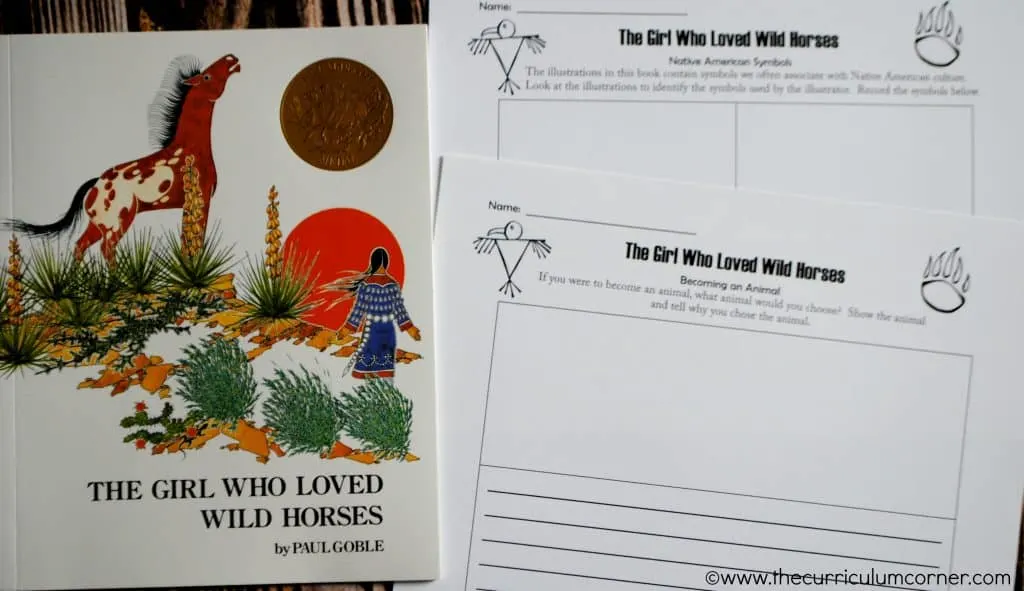 The Girl Who Loved Wild Horses by Paul Goble This is a Caldecott Medal winner and popular Native American tale. However, I have found sources stating that this is not a true tale passed down but one invented by the author. Because of this, you may want to look into the history of the book to see if it fits your goals during this unit.
The Girl Who Loved Wild Horses by Paul Goble This is a Caldecott Medal winner and popular Native American tale. However, I have found sources stating that this is not a true tale passed down but one invented by the author. Because of this, you may want to look into the history of the book to see if it fits your goals during this unit.
- Native American Symbols: Students identify four symbols used throughout the illustrations in the book and share the symbols on the recording page. You may choose to have students add descriptions to their drawings.
- Becoming an Animal: Students will choose an animal they would become and tell why they have made that choice.
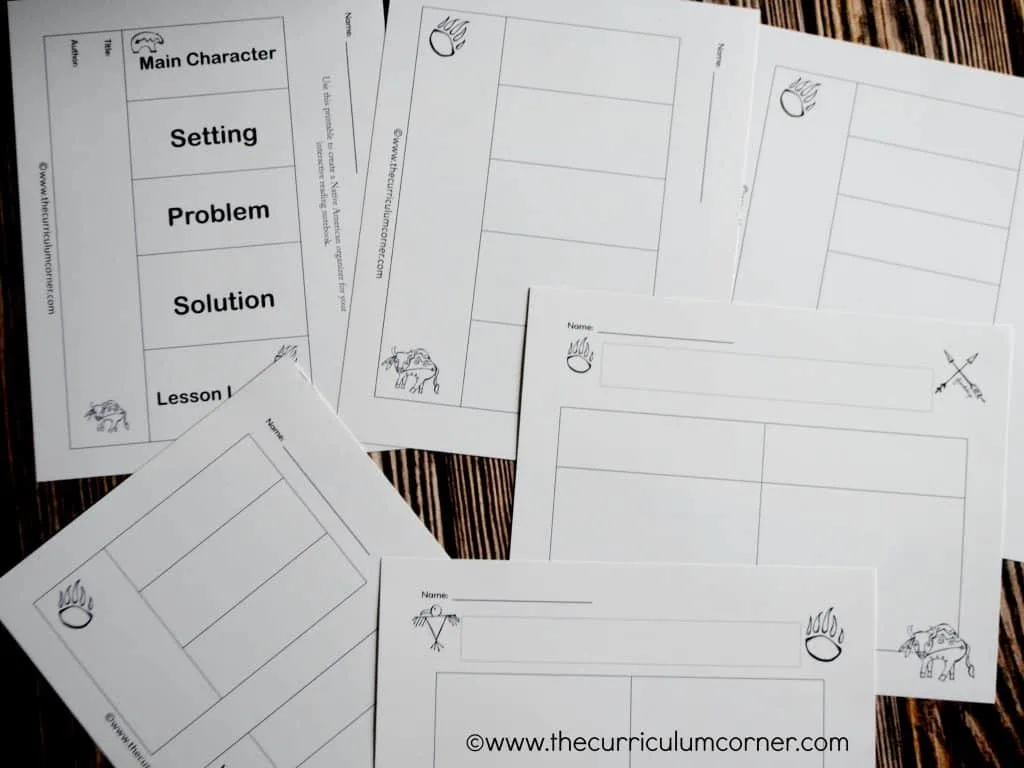 There are also an assortment of other pages to be used with any Native American stories. These pages include foldables for notebooks, graphic organizers, lined papers and quarter pages for exit tickets. These can be used as needed for your classroom.
There are also an assortment of other pages to be used with any Native American stories. These pages include foldables for notebooks, graphic organizers, lined papers and quarter pages for exit tickets. These can be used as needed for your classroom.
You can download this free Native American Literature Collection here:
Native American Collection
What are your favorite books to use during your study of Native American literature?
If you are looking to purchase the books we used for this study, you can find the links below. Contains affiliate links.

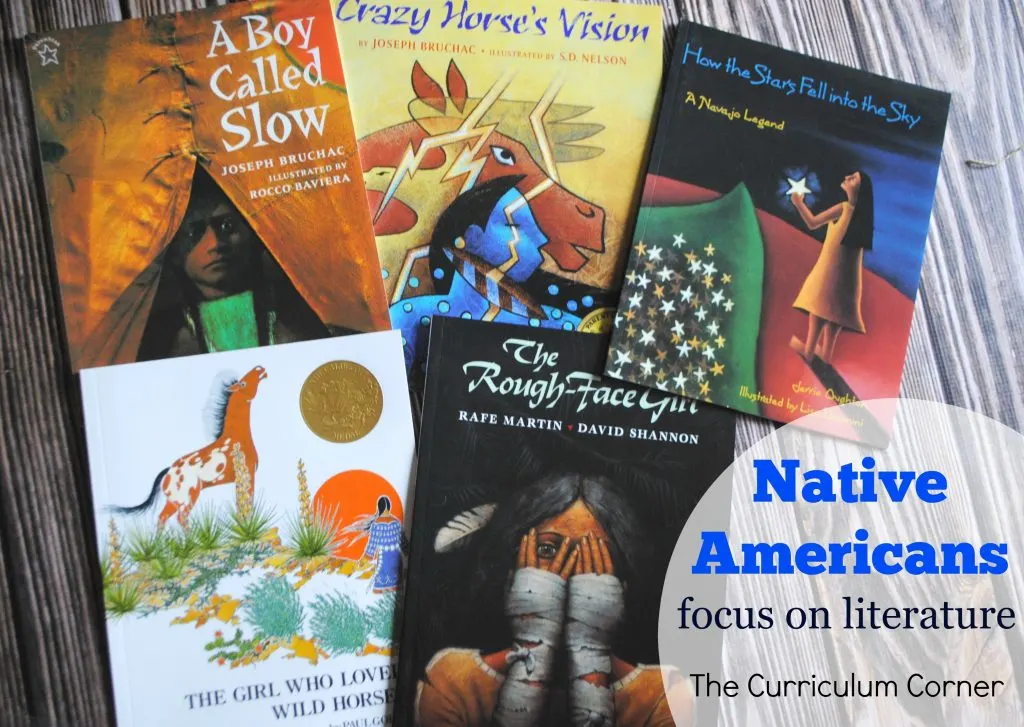 We have chosen five different Native American books to focus on when creating this collection of resources for Native American literature.
We have chosen five different Native American books to focus on when creating this collection of resources for Native American literature.
Book Study: Encounter - The Curriculum Corner 4-5-6
Friday 13th of September 2019
[…] Native American Literature […]